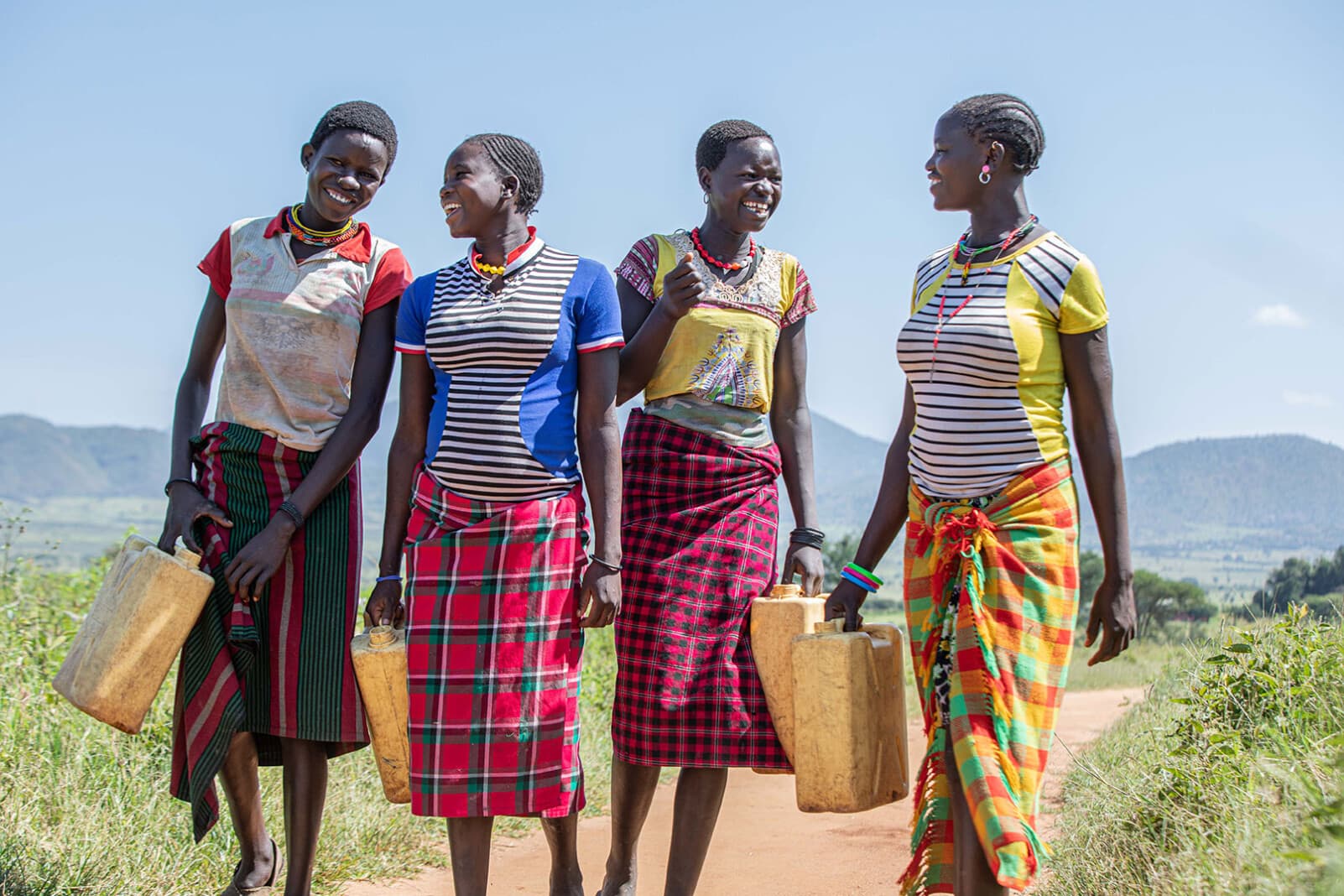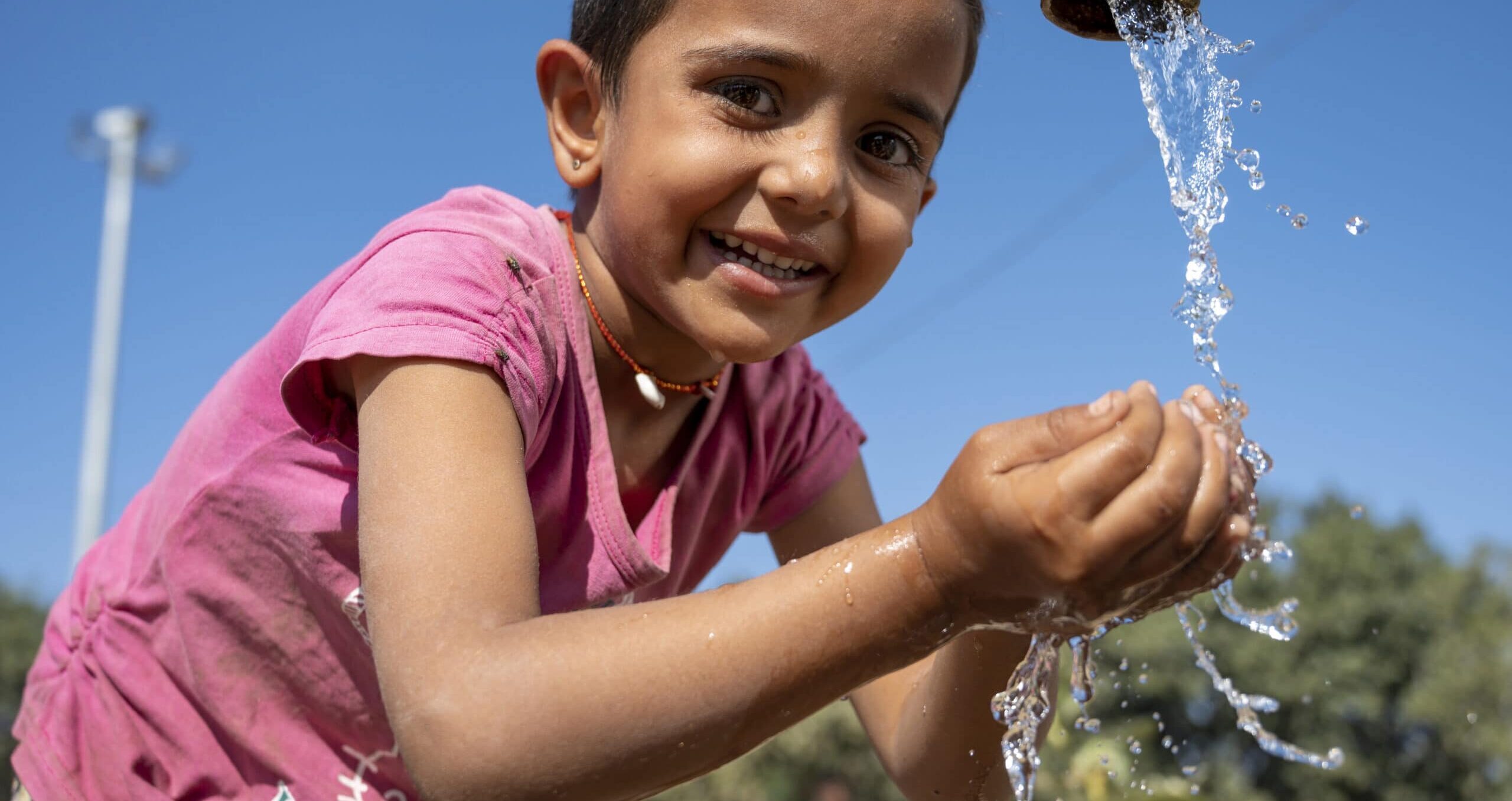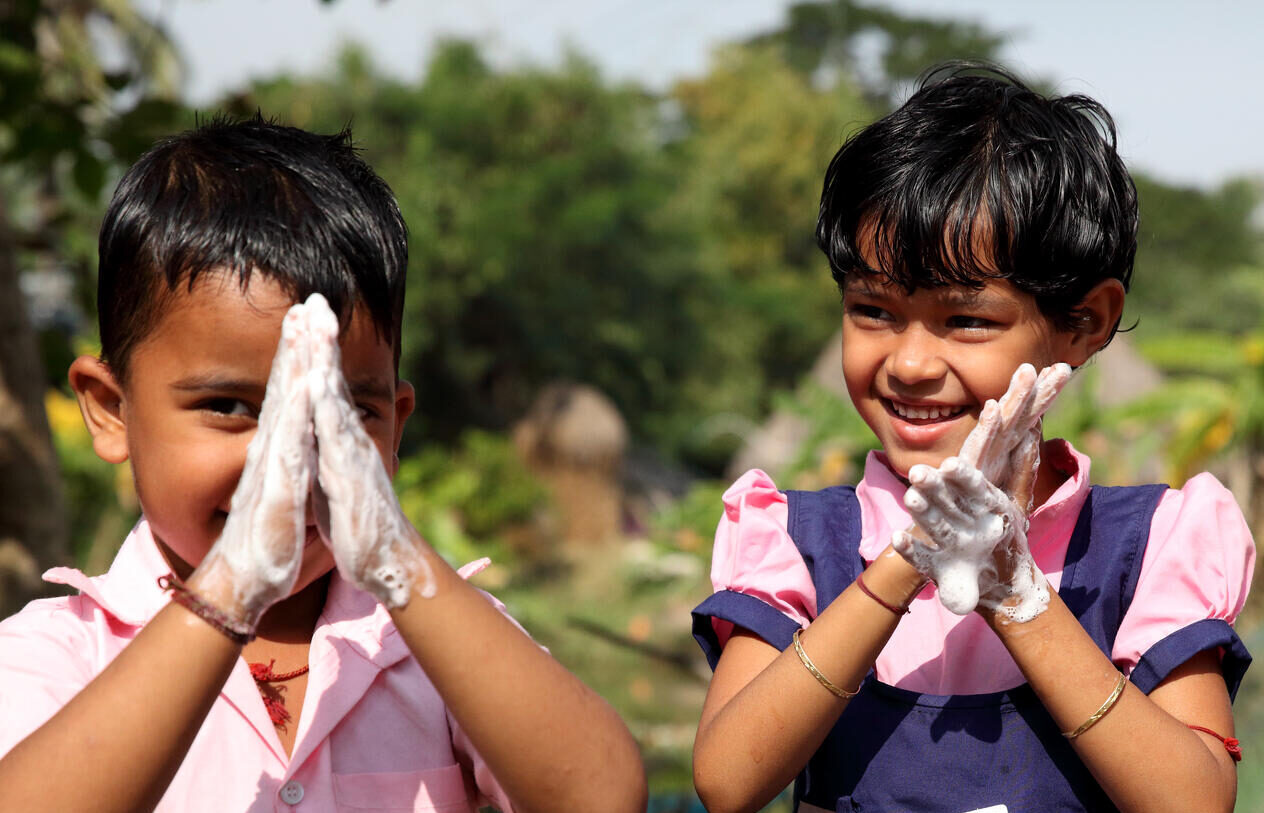The 2030 Agenda for Sustainable Development Goal (SDG) 6 aims to ‘ensure availability and sustainable management of water and sanitation for all’ and includes targets for universal access to safe drinking water, sanitation and hygiene (WASH). The World Health Organization and United Nations Children’s Fund (WHO/UNICEF) Joint Monitoring Programme (JMP) for Water Supply, Sanitation and Hygiene produces internationally comparable estimates of progress on WASH and is responsible for global monitoring of the SDG targets related to WASH.
This report presents updated national, regional and global estimates for WASH in households for the period 2000 to 2022, and has a special focus on gender and WASH. The importance of progress on drinking water, sanitation and hygiene for achieving SDG 5 which aims to ‘realize gender equality and empower all women and girls’ is widely recognized. Likewise, gender inequalities impede realization of the SDG 6 targets on WASH.
1 in 4 people around the world lack safely managed drinking water
Between 2000 and 2022, 2.1 billion people gained access to safely managed drinking water and the number of people lacking at least basic drinking water services decreased from 1.2 billion to 703 million. Two thirds (1.4 billion) of those gaining safely managed services lived in urban areas as compared to the 704 million rural population.
2 out of 5 people still lacked safely managed sanitation
In 2022, 57 per cent of the global population (4.5 billion people) used safely managed sanitation services. National estimates were available for 135 countries and seven out of eight SDG regions.
1 out of 4 people lacked basic hygiene services
In 2022, 75 per cent of the global population (6 billion) had a basic handwashing facility with soap and water available at home. Another 17 per cent (1.4 billion) had handwashing facilities which lacked water or soap, and 8 per cent (640 million) had no handwashing facility at all. Handwashing estimates were available for only four out of eight SDG regions and for 84 countries, but few data were available for high-income countries.
53 countries had data for at least one menstrual health indicator in 2022, three quarters were low-income or lower-middle income
Menstrual health indicators are sex-specific and highly gender-relevant and therefore provide a useful measure of gender-related inequalities in WASH. They address both the specific sanitation and hygiene related needs of women and girls, and other persons who menstruate, and also wider gender norms, taboos and stigma that surround menstruation in many parts of the world. Existing menstrual health data typically refer to adolescent girls and women age 15-49. Globally, this age group comprised nearly 2 billion females in 2022.
While many girls and women have access to materials and a private place to wash and change, meeting menstrual health needs is more complex and requires changes in wider social and gender norms that restrict participation in activities during menstruation.
Disaggregated data reveal huge disparities in service between and within countries

Emerging data from multi-sector needs assessments in emergency settings show that displaced populations often have lower coverage of basic WASH services, than non-displaced populations.
Displaced populations often have lower coverage than non-displaced but the impact of displacement on WASH service levels is highly context specific.
Proportion of population with basic drinking water, sanitation and hygiene services and basic WASH combined, by displacement status, selected MSNA surveys in 2022 (%)



